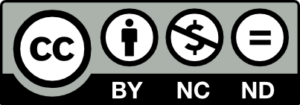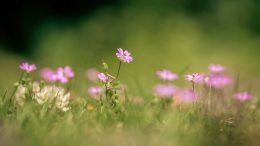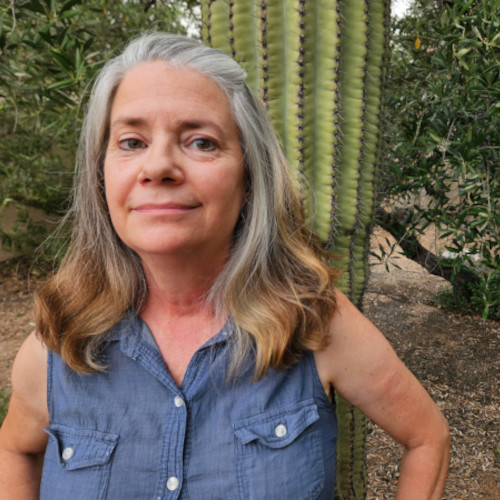If you ask someone to name their favorite smells, fresh-cut grass often makes the list. For many of us, it evokes an almost collective memory of an endless childhood summer.
And maybe that’s where grass belongs — in our memories.
Because while most people regard habitat as something wild and distant, our yards were once habitat — before they became a uniform expanse of lawn.
Today about 80% of Americans grow lawns, covering 40 million acres, or 2% of the country. Few of us think of ourselves as grass farmers, yet in the aggregate, grass is the single largest irrigated crop that Americans grow.
It doesn’t have to be. What was once habitat can become habitat again. Habitat that helps sustain pollinators (and therefore a host of other species) can be created — or restored — just beyond the front porch.
Our Debt to Pollinators
While lawns — typically Kentucky bluegrass and other commercially popular grass species — feel good under our feet, they offer little to our pollinator pals in the way of flowers or nesting sites.
Lawn grass doesn’t depend on pollinators — their pollen is spread by the wind — but humans certainly do. We can thank them for 1 in 3 bites of our food and $30 billion in U.S. crops.
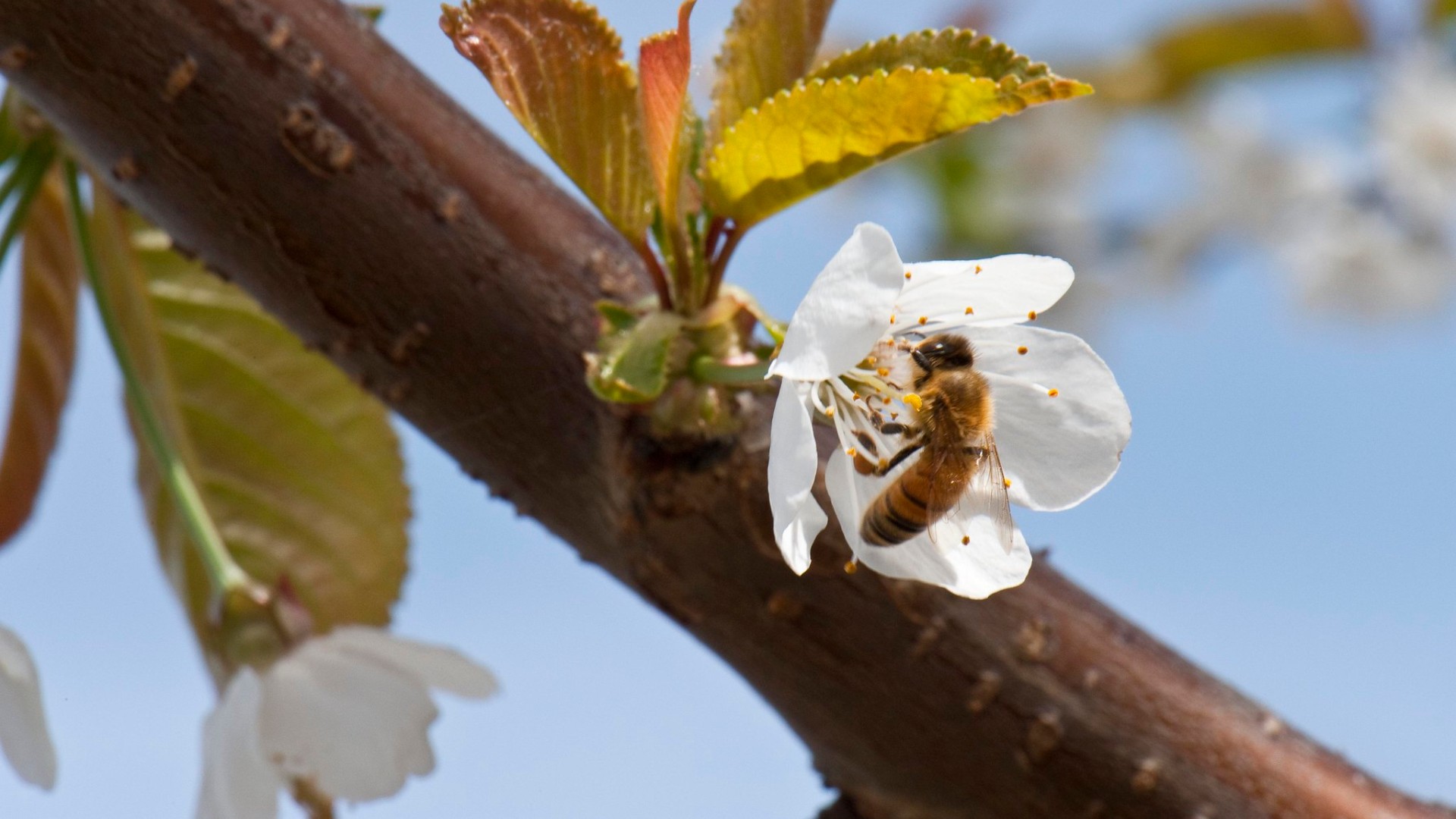
“Pollinators give us all the fun foods. Without them, we’d be eating a lot of wheat and corn,” explains Laura Rost, the national coordinator for the Bee City USA and Bee Campus USA initiatives of The Xerces Society for Invertebrate Conservation (named in honor of an extinct California butterfly, the Xerces blue).
Around 85% of flowering plants require a pollinator, and many plants require the services of specific insects or other animals for propagation. Yet humans tend to simplify this process in our minds: Our gratitude often goes solely to honeybees, a singular species brought over by European settlers in the 17th century.
“Honeybees are not doing all the work,” Rost says. “They’re the most visible in industrial agriculture, but many native bees are in the mix and are excellent pollinators.”
The United States lays claim to 3,600 known species of native bees, many of which need protection. For example, 28% of bumble bee species have been identified as vulnerable or declining. The rusty-patched bumble bee (Bombus affinis), once common in the eastern and upper Midwestern United States, joined the endangered species list in 2017. Franklin’s bumble bee (Bombus franklini), a West Coast species last seen in 2006, may be extinct.
Other native pollinators are also at risk of extinction. Among 544 butterfly species in the United States, a March 2025 report found a 22% decline from 2000 to 2020. In other words, for every five butterflies you’d see twenty years ago, now there are only four.
Yet even as these insects decline, we’re still discovering their benefits. For example, research published in 2022 reveals that moths visit a wider variety of plants than even bees. Yet because they work at night, these heroes have largely remained unsung.
And other non-humans need pollinators too, since the fruits and seeds produced by pollination feed birds and mammals. In the last 50 years, the number of terrestrial birds who rely on insects as a food source has dropped by 2.9 billion; meanwhile, the population of birds who don’t eat insects has actually grown.
The ‘No Mow’ Movement (and Beyond)
Habitat loss, pesticide use, climate change, and disease have all played a part in the decline of pollinators, and lawns have contributed to all of these threats. Could we cede back some of our clipped green acres to our smallest winged companions?
In 2019 the United Kingdom conservation organization Plantlife began “No Mow May,” which encourages people with lawns to resist cutting them during the month when many bees and other pollinators emerge and need food most. The movement quickly gained traction in North America, along with “Low Mow Spring” and “No Mow April” for warmer climes.
View this post on Instagram
“The time they’re coming out depends on the species and where you live. In the south it may be February or January,” Rost says.
For a month, at least, shaggy lawns can help pollinators thrive. Research shows a significant increase in both the abundance and species variety of bees and butterflies in lawns that are mowed less frequently.
“No mow” rules aren’t hard and fast. Some participants choose not to mow their lawns at all for the month; others scale back to every two or three weeks. And the simple act — or non-act — reminds us of something: we share our lawns with many smaller creatures.
Of course, some overgrown lawns are more nutritious than others — some are basically monocultures that contain little besides grass.
“Not mowing for a month isn’t going to save the bees,” Rost admits. “It’s a fun, small, introductory step. Most lawns don’t have flowers in their lawn that will support bees. But it’s not the goal, it’s more the idea of starting to rethink your lawn and seeing your yard as an ecosystem and [recognizing] your relationship with pollinators.”
A more diverse lawn is a more diverse biota. By allowing native wildflowers to grow and bloom, early-season pollinators like bees, butterflies, and other insects have more food and habitat available. “You’re giving them what they need to be healthy and have lot of babies,” says Rost.
But beware: not every flower that blooms there will be native. Take the common dandelion (Taraxacum officinale). Like the honeybee, it was introduced by European settlers. Cheerful though those yellow blooms are after a long winter, Rost advises digging them out. They’re known to suppress other flowers and offer poor nutrition, besides.
“Dandelion is a junk food for pollinators, like giving them French fries instead of a salad,” she says. “We know that native plants and native pollinators co-evolved and co-adapted.”
View this post on Instagram
Can people just sow native wildflower seeds into their lawns?
Yes, Rost says. However, “If you’re using weed-and-feed products — an herbicide mixed with a fertilizer — nothing will come up. It’ll kill any flowers that might emerge.” And even a chemical-free lawn may see limited success from simple sowing. It depends on the plant.
At her home in Portland, Oregon, she shrank part of her lawn by throwing down lacy phacelia (Phacelia tanacetifolia). Despite its delicate name and appearance, it’s strong enough to push through the lawn and, over time, nudge it aside. “Something delicate may not be able to fight through a grass thatch,” Rost says.
The Bee City USA website has resources for converting a lawn to a meadow…or shrinking the lawn. When Bee City organizers started in 2012, they originally focused on honeybees and beekeeping, then realized that it was native bees who faced even greater threats. Bee Campus began in 2015.
“Although we’re called Bee City, we incorporate all pollinators,” Rost says. “Butterflies, moths, even flies are great pollinators, bees and wasps, sometimes ants and birds.”
As of late May, Bee City has 236 affiliates and Bee Campus has 212, although the numbers are always changing. The day Rost and I spoke, Provo, Utah had just joined the list.
Switching Over
Scaling back lawns doesn’t have to mean an all-out rejection of grass. And it can happen step by modest step.
That’s how Rost approached it. She and her husband own a small house on a third of an acre in suburban Portland. When she bought it, the yard was “mostly just one huge cedar and lawn. I’ve been here eight years, and we shrink the lawn every year.”
Along the street, she put in a hedgerow, a dense line of native shrubs that offers privacy but also provides a corridor for pollinators. That corridor blooms now throughout the growing season, she says, and lacy phacelia surrounds the cedar on three sides. Each May its nectar-rich flowers attract bumble bees and other pollinators, with the added benefit of lovely lavender-blue flowers.
Other bees visit other plants on her property. For instance, one shrub on her hedgerow called ninebark (Physocarpus opulifolius) attracts smaller native bees. Rost calls it, “one of my all-stars.” When it blooms in the spring, it’s covered in tiny carpenter bees and sweat bees.
One of the keys involves planting vegetation that thrives at different times of the year, not all at once. “Pollinators need consistent resources from early spring through the fall,” Rost says. “Ask: what native plants are blooming that I have, and what can I add? Where do I have a bloom gap?”
Watch the pollinators, both when they emerge and what they like. Experiment and see who shows up.
Beyond nutrition, creating pollinator habitat also provides for many other animals. “Leaving leaves, dead stems, and logs provide lots of habitat,” Rost says. Ambitious gardeners can even grow what she calls “multi-story habitat” — small plants, shrubs, and trees.
“I encourage people to take action where you can and aim for progress, not perfection,” Rost says.
Keeping the Humans Happy
In drier climates such as the Desert Southwest, lawns are already on the way out. Drought and declining shares of the Colorado River have led some to xeriscaping, a water-wise landscape which often uses native plants.
But in wetter regions, lawns still hold an important place in many Americans’ lives. And movements away from a neatly manicured — albeit sterile — swath of grass toward a more pollinator-friendly yard sometimes still encounter headwinds.
City weed ordinances or homeowners’ association rules may prohibit natural yards or longer grass. But policies are changing, from a temporary suspension of mowing requirements to entirely new ordinances (even at the state level, in Maryland’s case).
Where there are no rules or regulations to worry about, there are likely still neighbors. To keep them happy, Rost offers tips.
For starters, she maintains a tidy edge, trimming back her shrub corridor and mowing down close to the road. That neat buffer cues people that what lies beyond it is the result of design, not neglect.
Signage helps too.
She places labels on all her native plants so that people walking by can identify them. If they like one and want to plant it themselves, they’ll know what to ask for, next time they visit a greenhouse. “It’s a little bit of a show,” Rost says.
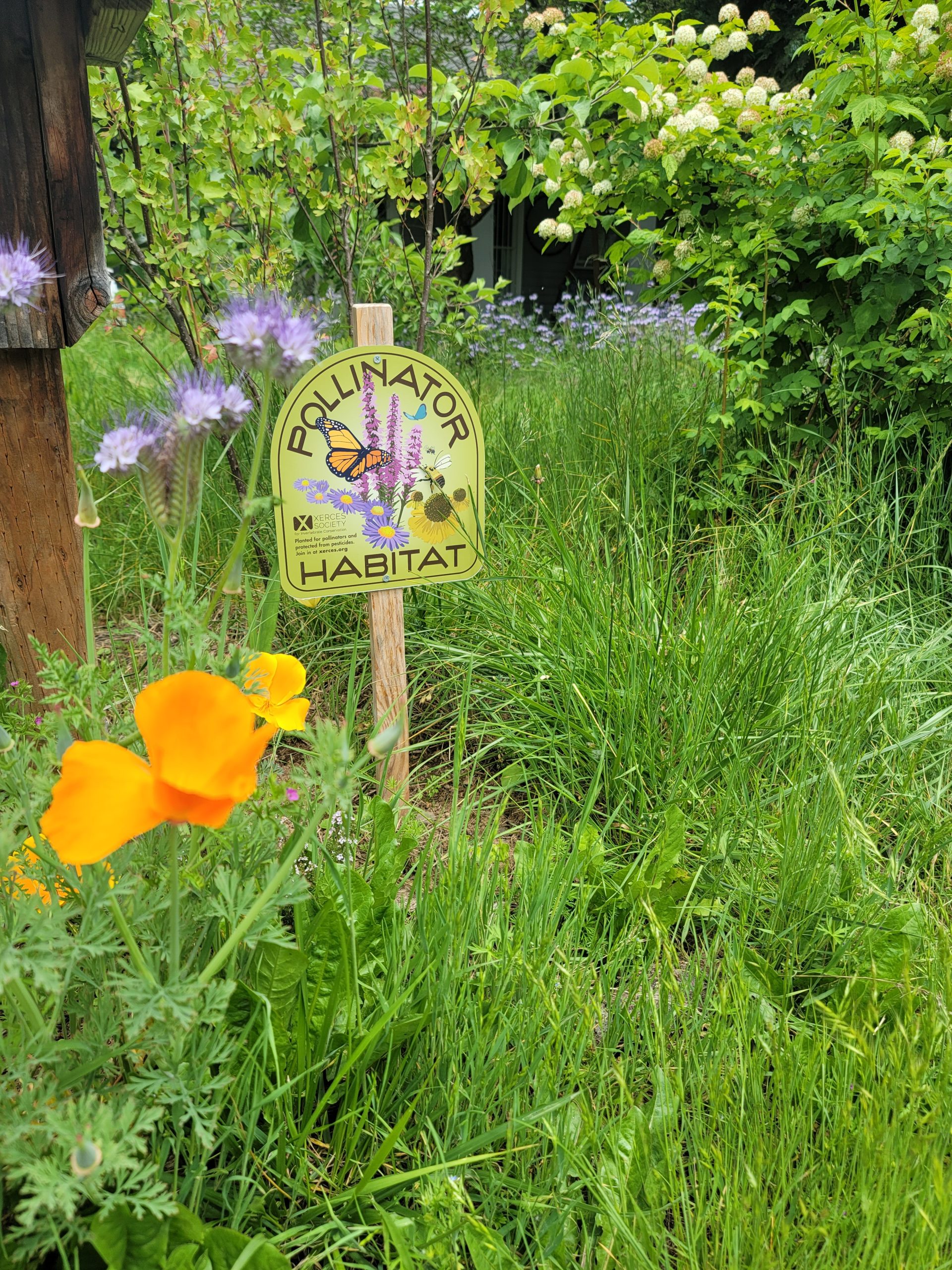
The signs help in other ways: “How can you indicate to others that what you’re doing is intentional and not just lazy or messy? People see a wild yard, and they don’t yet have the language to know what they’re seeing. A purple coneflower is dead, but the birds are eating the seeds. Incorporate how people are interpreting it. They can [begin to] identify what they’re seeing and understand its role.” For people who want to create more of that habitat at home, Rost points to her organization’s Pollinator Conservation Resource Center. Click anywhere on its map and find a region-specific plant list for pollinators and beneficial insects.
If you’re a “grass farmer,” ask yourself: How much lawn is enough? Then think about shrinking it. Or framing it with a larger pollinator garden. Or heading toward a more diverse, wildlife-friendly yard by adding a native shrub this year, a native tree next year.
After all, not all that nourishing pollen needs to lie at ankle-level.
“One tree can have a meadow’s worth of flowers,” Rost says. “Picking one nice tree can feed so many mouths.”
Previously in The Revelator:
Urban ‘Microrewilding’ Projects Provide a Lifeline for Nature
